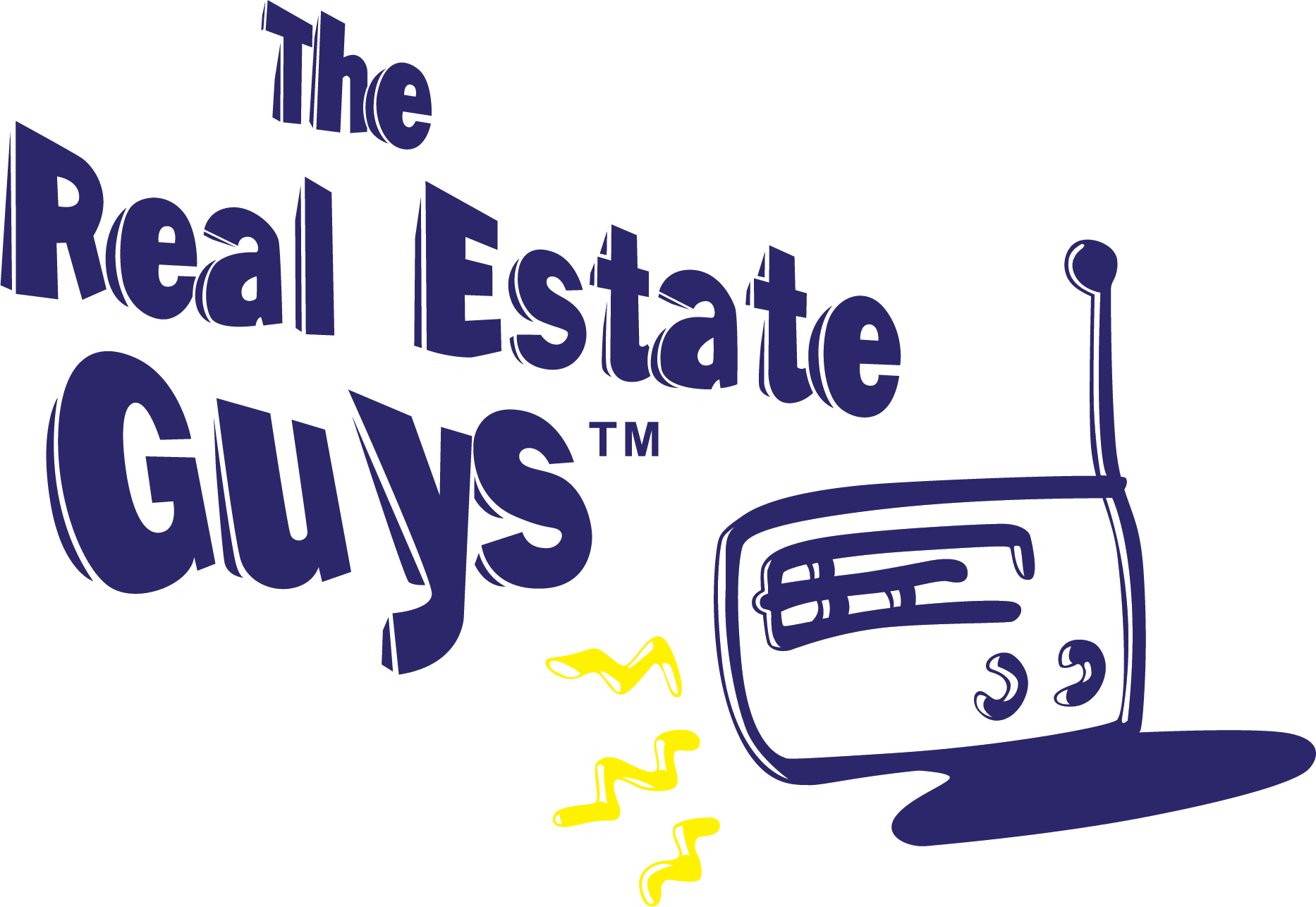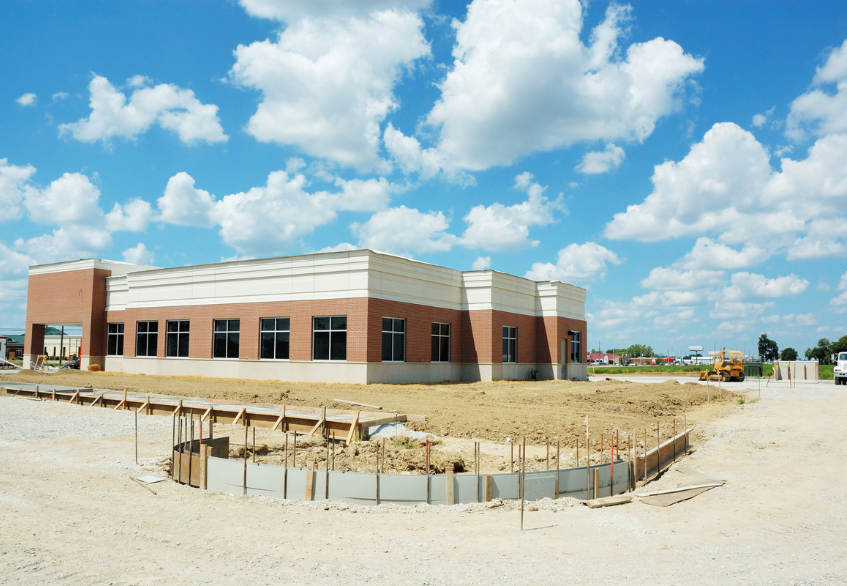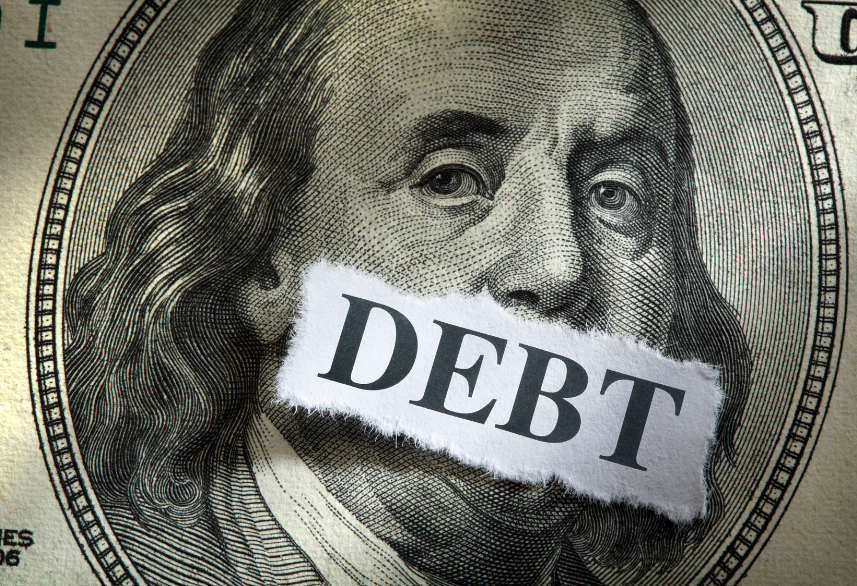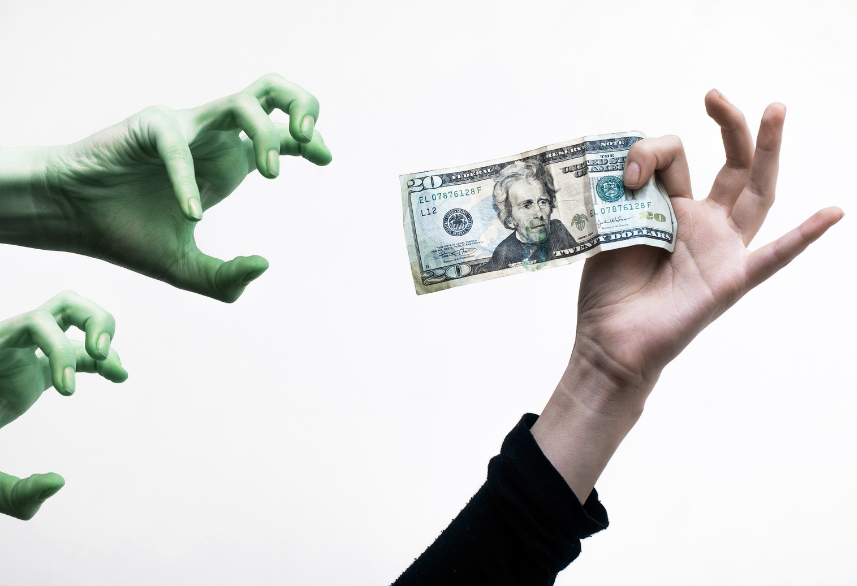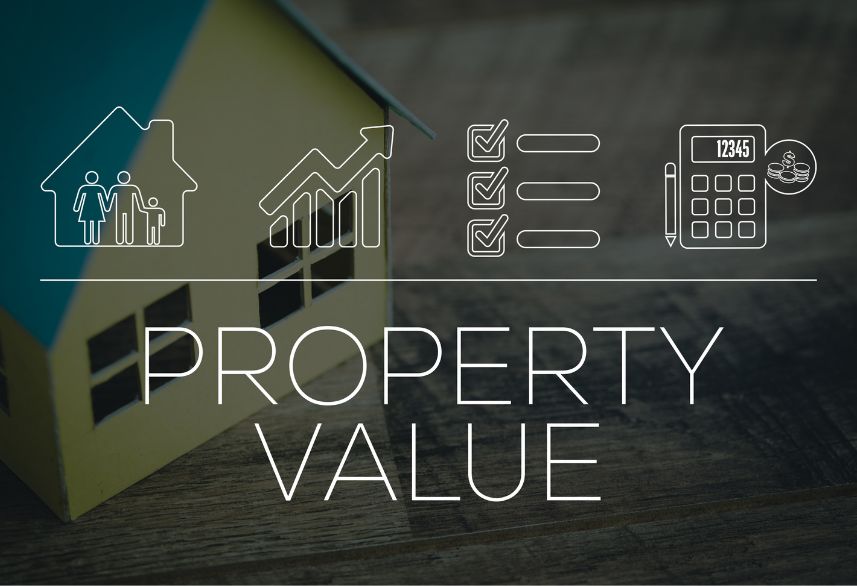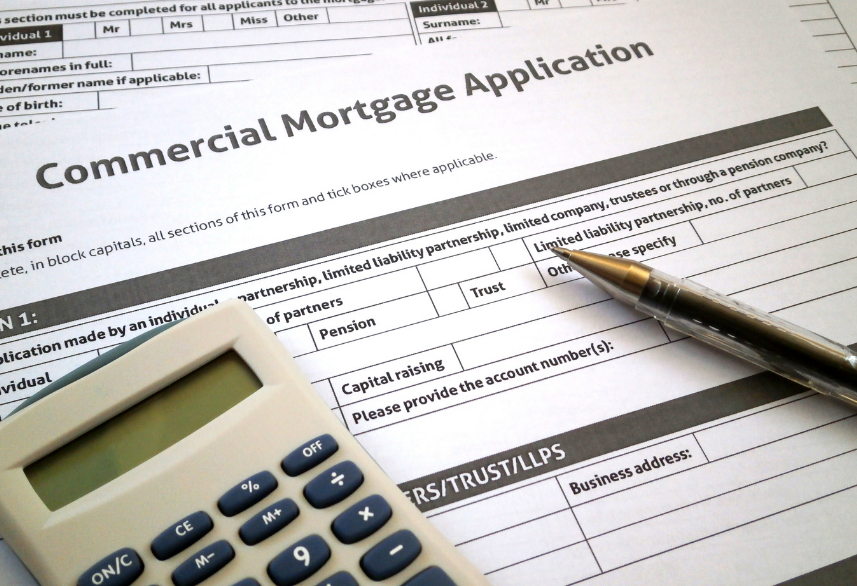Podcast: What the Tremors in the Financial System Mean for Real Estate Investors
Nearly five years ago one of our favorite former Wall Street and Washington insiders joined us to talk about the inevitable inflation storm brewing …
Podcast: What the Tremors in the Financial System Mean for Real Estate Investors Read More »
